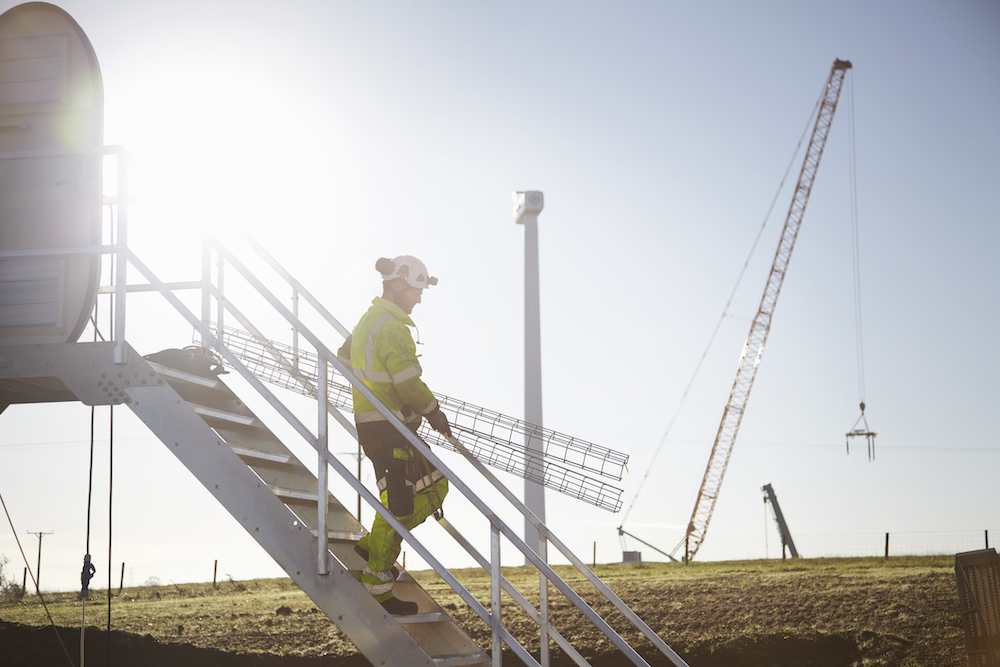- COVID-19 pandemic and a stagnant economy may result in the largest historic drop in energy investments.
- As consumer demand recovers, the decline in oil investments may lead to a future crude supply crunch with knock-on effects for some renewable energy sources.
- Money flows into renewable energy are set to drop about 10% for 2020 as projects are shelved or delayed.
Energy investments may see their largest decline in history due to the global coronavirus outbreak and a stagnant economy, says the International Energy Agency.
Money flows into the energy sector are set to drop by 20%, about $400 billion, this year compared with 2019’s $2 trillion, as the world reels from the COVID-19 pandemic and lockdowns meant to slow down the virus’ spread, says the IEA in a recent report.
As consumer demand recovers following the gradual easing of quarantine measures, the underinvestment in the oil sector may lead to a future crude supply crunch.
“The historic plunge in global energy investment is deeply troubling,” Fatih Birol, the IEA’s executive director, said in a written statement. “It means lost jobs and economic opportunities today, as well as lost energy supply that we might well need tomorrow once the economy recovers.”
Oil and gas are seeing the biggest drop in investment this year at 32%, compared with 2019, after companies in the U.S. shale patch and elsewhere abruptly halted upstream exploration projects. At the peak of the global lockdowns in April, almost 4 billion people were subject to quarantine measures, which hurt the transportation industry, especially aviation which accounts for almost 60% of global oil demand. If the reduced money flows persist, then the Paris-based agency warns some projects and oil supply may not come back online in time to meet future demand.
Investors should consider the interdependency of global supply chains. A future crude supply shortage and price spikes may have negative effects for some renewables, such as biofuels that are blended into gasoline and construction materials used in alternative energy sources, says Anas F. Alhajji, an energy market expert.
“The massive wind turbines are made of fiber from petrochemicals,” Alhajji told Karma. “If oil goes to say $150 [a barrel], the cost of those blades would go through the roof.”
Meanwhile, renewable energy investments have fared better, a trend many ESG investors welcome as they view green energy as a more sustainable and less polluting alternative to fossil fuels. Money flows into renewable energy are set to drop about 10% for 2020, as projects are halted or delayed.
Still, the agency warns that if policymakers and investors want to cement the current reduction in carbon emissions brought on by the pandemic, then investment into renewables has to increase beyond the $600 billion per year average of the last few years.






















